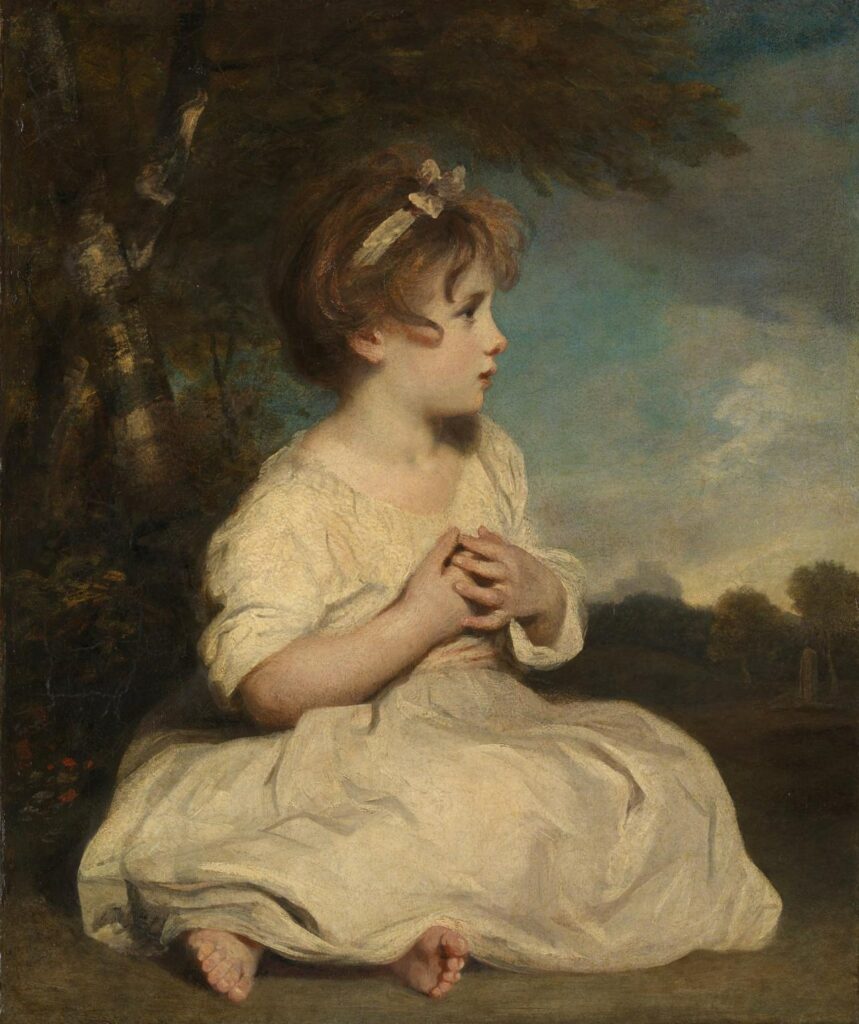In the English Early Modern period, the rape of young girls appeared in Old Bailey court records on a devastatingly high level. Yet studies show only around 30% of men charged with rape of children under 10 were found guilty. Between 1700 and 1750 85% of trials seen in court cases ended in acquittal. These are shocking figures to a modern reader.
Within Early Modern England, children were thought to reach sexual ‘ripenesse’ (sexual maturity) by age ten. Sexual maturity was defined in this period by physical changes such as growing breasts, menstruation, and pubic hair. As a result of these changes, it was assumed they developed sexual feelings and desire.
As a modern reader, 10 years old seems young, yet this age was a signifier in whether a rape accusation was legitimate. If the girl was over ten, the victim was expected to show a form of resistance to the rape. Perpetrators often used the concept of consent if the victim was of sexual maturity. Children were expected to resist the assault, and ‘consent’ was exploited by the perpetrator to hold women accountable by shifting the blame onto a victim’s apparent agreed involvement. This took the responsibility away from the wrongdoer by defining male sexual violence as natural:women were expected to deal with and avoid this behaviour. Additionally, men could blame drunkenness. It was also a common belief that sex with a virgin cured venereal diseases. This reinforced another rationalisation for men’s actions; by accepting that sex with young girls could cure illness put it within the bounds of acceptable sexual behaviour.
Proving rape was extremely difficult in this period, but it was one of many levels of suffering with a rape accusation. Discovering a child had lost their virginity impacted their social standing significantly. Sexual contact and abuse corrupted the victim and was seen as the young girl losing her innocence. Her moral status became ambiguous, not only affecting her but also her family’s reputation.
It is clear that Early Modern England projected patriarchal norms which normalised men’s sexual violence and understood women as responsible for their premature sexualisation. Societal standards heavily regulated women’s sexuality and had the power to deem young girls as guilty for the loss of their virginity, a loss that would inevitably lower their social standing.
-Sadie Dallas
Junior Girl
Girl Museum Inc.
References:
Sarah Toulalan, ‘“Is He a Licentious Lewd Sort of a Person?”: Constructing the Child Rapist in Early Modern England.’ Journal of the History of Sexuality 23 (1) (2014).
Sarah Toulalan, ‘”Unripe” bodies: children and sex in early modern England.’ Bodies, Sex and Desire from the Renaissance to the Present (Basingstoke, 2011).
Jennie Mills, ‘Rape in early eighteenth-century London: A perversion ‘so very perplex’d.’ Sexual Perversions, 1670-1890 (Palgrave MacMillian, 2009).
Louise A. Jackson, Child sexual abuse in Victorian England (London, 2000)
J. Gammon, ‘” A Denial of Innocence”: Female Juvenile Victims of Rape and the English Legal System in the Eighteenth Century.’ Childhood in Question: Children, Parents and the State (Manchester, 1999).
Garthine Walker, ‘Everyman or a Monster? The Rapist in Early Modern England, C. 1600-1750.’ History Workshop Journal, no. 76 (2013)
Garthine Walker, ‘Rape, Acquittal and Culptability in Popular Crime Reports in England, c. 1670-1750.’ Past and Present, No. 220 (August 2013).

